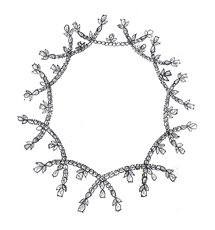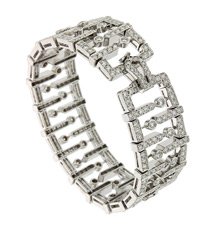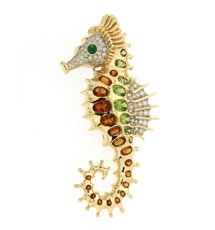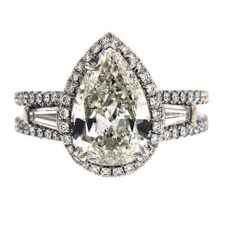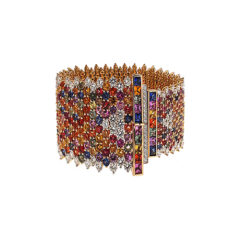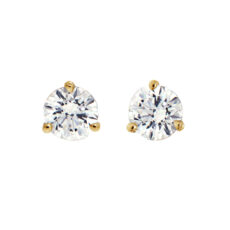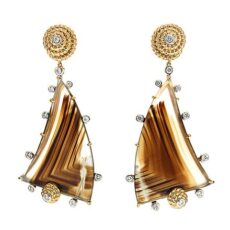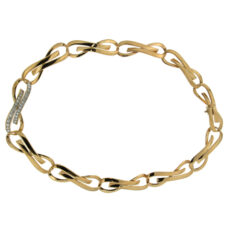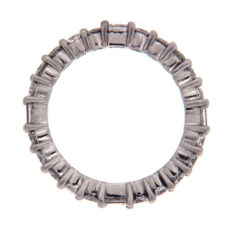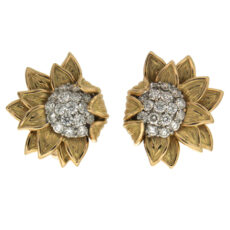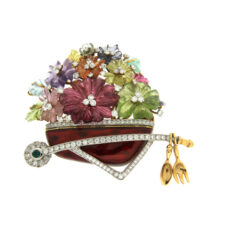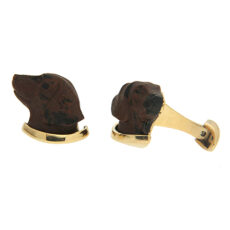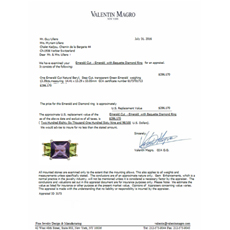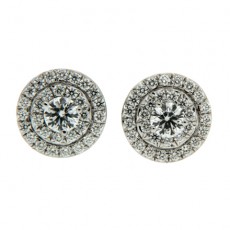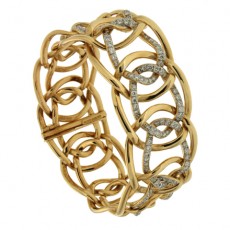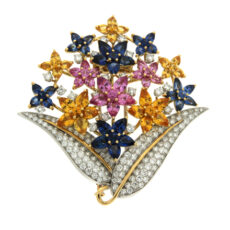Halos are a popular decoration for diamond rings and other jewelry. They are made of little jewels, usually diamonds, that surround one or more larger stones. Halos add brilliance, and depending on the design, a study in contrast with bigger gems. The gems in halos are often the same cut and size, though what these are varies.
Fine Jewelry
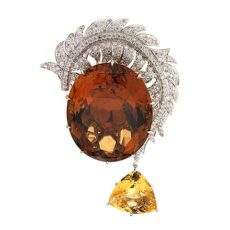
Brooches are pins that embellish lapels of coats, collars of sweaters, beams of hats and sides of boots with extraordinary aesthetic power. A piece of ornament that was designed back in the days when women loved to wear fist-sized pendants and gem-heavy necklaces, many of us have inherited these swoon-worthy pieces from our family line.
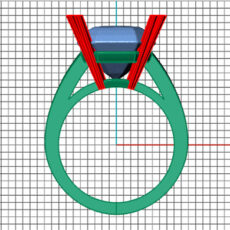
Customization came into being early this century as a way of passing the control over to the buyers, and before we knew it, it journeyed through industries making general commodities made-to-order for buyers. In the jewelry industry, the fad of customization came much later, but it made up for the lost time by giving customers freedom of choice and control over the price.
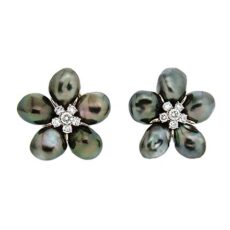
As their name suggests, earrings are a type of jewelry worn on the ear. Though some designs are offered as single pieces or sets of three, most come in pairs. Earrings come in a variety of shapes, including hoops, spheres, and squares. Complex styles may include hanging elements, knots and interlocking pieces.

Necklaces are a type of jewelry worn around the neck. They can be made of many materials, from string and glass to precious metal and jewels. Archaeologists have found examples which date as far back as the Neolithic period. Length varies among necklaces. Some sit snug against the base of the neck while others can hang past the waist. How long a necklace is depends on several factors, including aesthetic, trends and individual preference. Large pieces can be made of many materials, including beads, gemstones or chains.

Sautoirs are opera or rope necklaces which sport a pendant, jeweled tassel or other hanging element. They enjoyed a heyday when columnar silhouettes were in vogue. Their length making the wearer look taller and slimmer. When convertible jewelry was popular, sautiors lent themselves well to becoming bracelets, brooches and other pieces, then back into necklaces.
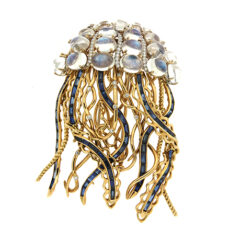
While rings are designed for fingers, bracelets for wrists and so forth, brooches aren’t limited to a specific body part. They’re designed to be fastened to wherever the wearer pleases. The pieces are usually placed on the chest, though they may also appear on shoulders, necklines and other locations.
Brooches can take on many shapes and sizes, from a discrete circle to a form that reaches from collar to navel. They can be made of materials like plastic or glass for casual occasions or extravagant confections of carved gemstones and gold. Not only can they be placed anywhere, brooches can be utilitarian, purely decorative, or serve multiple tasks at once.
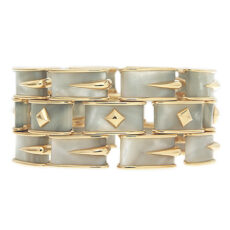
Bracelets are a type of jewelry worn around the wrist. Their origins are hazy, making hard to pinpoint their debut. In the present, they’re popular for all occasions.
Plastic beads may be worn for school or a day on the beach, a gold cuff for a night out and a diamond bracelet for a cocktail party.
Other types of jewelry may be described as bracelets. You may have heard terms like arm bracelet, ankle bracelet, and so forth. These phrases can be misleading. Armlets are pieces worn around the upper arm, anklets around the ankle and bracelets around the wrist.
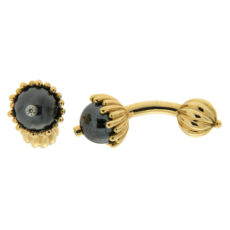
Suiting up for the big evening is just not enough if a standout is what you want to be. There are many ways to liven up your suit and make it distinguishable from the rest. Cufflinks is one of the very few accessories that can make a world of a difference to a suit. Small, but distinct, a pair of cufflinks can flatter your attire like nothing else. Cufflinks are fashioned to up the ante or downplay the sense of stiffness in a suit.
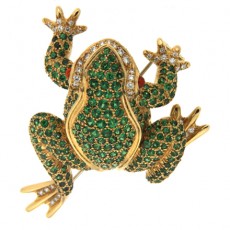
People have enjoyed fine jewelry since jewelry was invented. Some, not content to simply admire, have made a point to express their love of the art in ways that makes others notice. There are many people who have made a name for themselves in the field, as collectors, artists, innovators or a combination thereof. Some have been so influential that their work is still felt decades after their deaths.
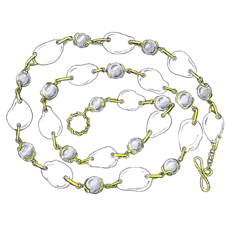
Different types of manufacturing techniques include Lapidaries, Lost wax casting, Centrifugal Casting, 3D Printing, Sketching, Permanent Casting, Polishing, Setting, Goldsmith, Silversmith, Metal Clay, Wire Jewelry, Wire Drawing, Laser Engraving, Fabrication, Annealing, Professional Cleaning, Jewelry Designer, Findings.
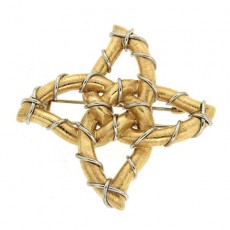
Even the most beautiful and well-made jewelry may dull over time. The more a piece is worn, the more likely it is to come into contact with dust, body oils, cosmetics and other things which may interfere with the way it hangs or reflects light. Restoring jewels to their former glory is as simple and perplexing as cleaning.

